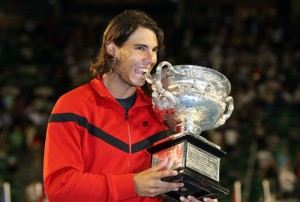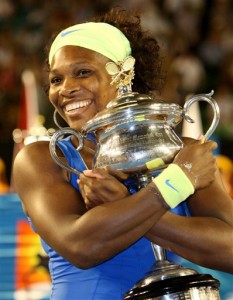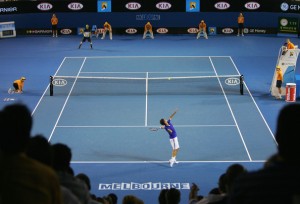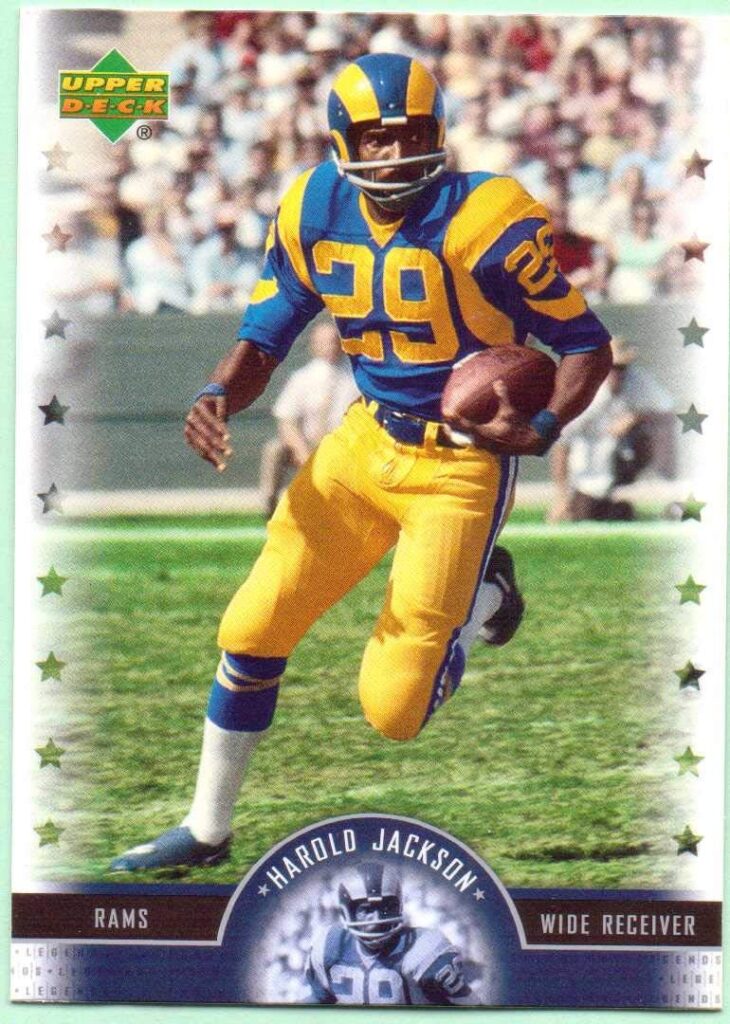Nikolay Davydenko: Don’t Call Him a Dark Horse Comments Off on Nikolay Davydenko: Don’t Call Him a Dark Horse
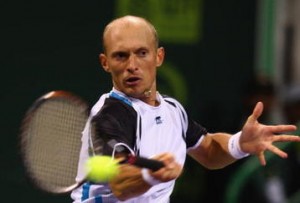
Nikolay Davydenko could be a factor in the 2010 Australian Open.
Nikolay Davydenko has been regarded with a mixture of awe and sympathy for many years.
He announced himself as a factor in the 2005 Australian Open, after causing a minor, yet noticeable jolt to the draw by pounding Tim Henman and Guillermo Cañas in succession. In the quarters of that event, he faced Andy Roddick, who was then No. 2 in the world.
Even then it was hard not be amazed at his shots: Time and time again he spun in his first serves, rarely winning points outright with them, but forcing Roddick to cough up a ball landing at midcourt which the Russian could crush. And that’s what he did, sending a host of forehand winners past the American.
Victory was not to be his that day, as Roddick was holding serve easily, and his returns eventually started landing deep enough to prolong the rallies, which eventually contributed to mistakes on the Russian’s side. Though he lost in straight sets that day, Davydenko announced that he was one of the best pure ballstrikers in the world.
And that pure hitting allowed him to reach the top 10 that year, and stay in the top 10 ever since. In an era where the players are ever bigger and more imposing, Davydenko is 5’10” – the only man under 6 feet in the current top 10 – and perhaps generously listed at 154 pounds by the ATP Tour website. What’s more, his thinning tufts of blond hair have always reminded of a freshly hatched chick. Read the rest of this entry →
